Deck & Commander Strategies

Juri, Master of the Revue
A sacrifice-focused deck that grows Juri by sacrificing permanents, then uses her death trigger to deal damage to opponents or remove key threats, playing a grindy game focused on value from sacrifice and board control.
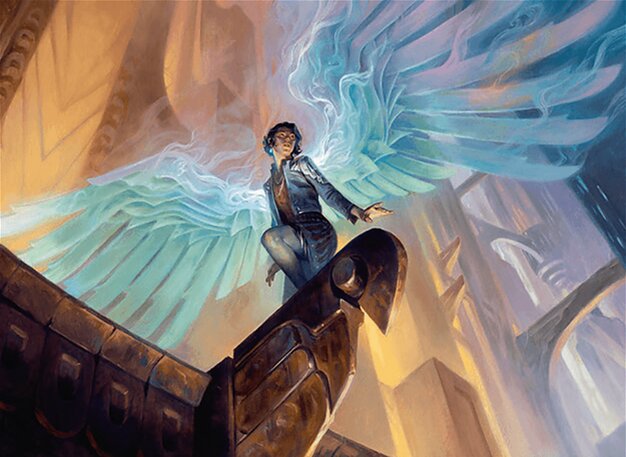
Giada, Font of Hope
Mono-white angel tribal with ramp and card advantage to produce large flying threats and overwhelm opponents, aiming to control the board and become a significant offensive force.
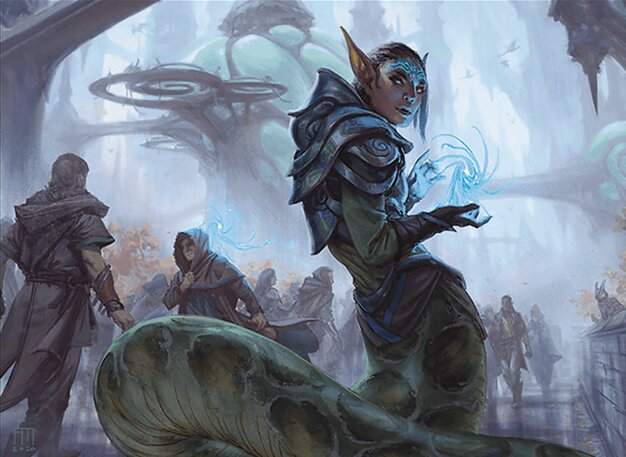
Lonis, Cryptozoologist
Simic artifact and clue generation deck that focuses on creating tokens, investigating to draw cards, and sacrificing clues to steal opponents' nonland permanents, using value engine and disruption to take over the game.

Nashi, Searcher in the Dark
A Dimir control deck that mills cards to fill the graveyard with legends and enchantments, recurs them to hand or battlefield, and eventually deploys large threats from the graveyard to close out the game.
Gameplay Insights
- 1
Juri’s ability to grow with each sacrifice and then deal damage upon death pressured opponents to respond quickly, shaping combat and removal decisions.
- 2
Lonis’s clue tokens and artifact token copying created a flexible resource pool that allowed both card draw and stealing permanents, which provided both value and disruption.
- 3
Nashi’s milling triggered graveyard recursion of key legends and enchantments, enabling repeated use of powerful spells like counterspells and eventually bringing back large creatures to dominate the battlefield.
- 4
Esper Sentinel applied tax pressure on non-creature spells, slowing down opponents’ spellcasting and enabling card advantage for its controller.
- 5
World Waker Helm synergized with artifact token creation, enabling token doubling and incremental advantage in board presence.
Notable Cards
-

Juri, Master of the Revue
-

Giada, Font of Hope
-

Lonis, Cryptozoologist
-
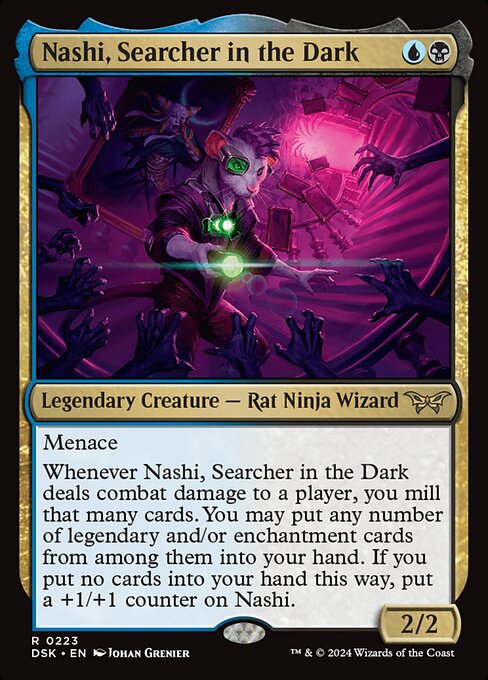
Nashi, Searcher in the Dark
-
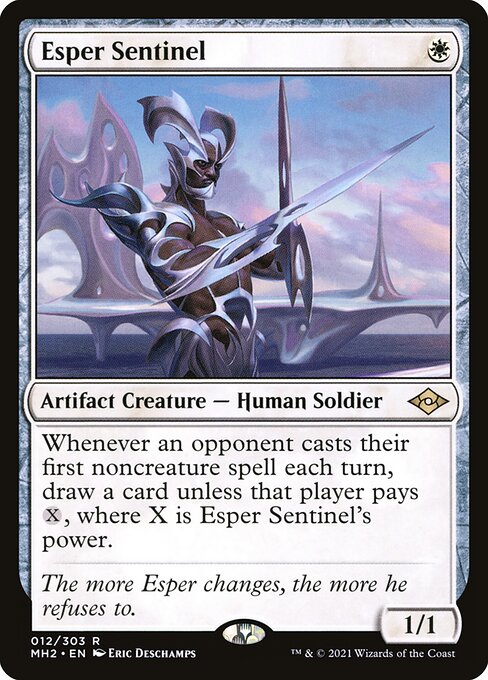
Esper Sentinel
-
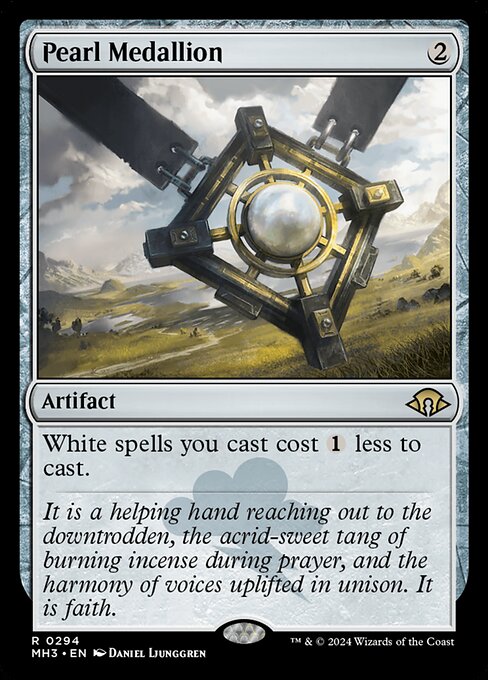
Pearl Medallion
-
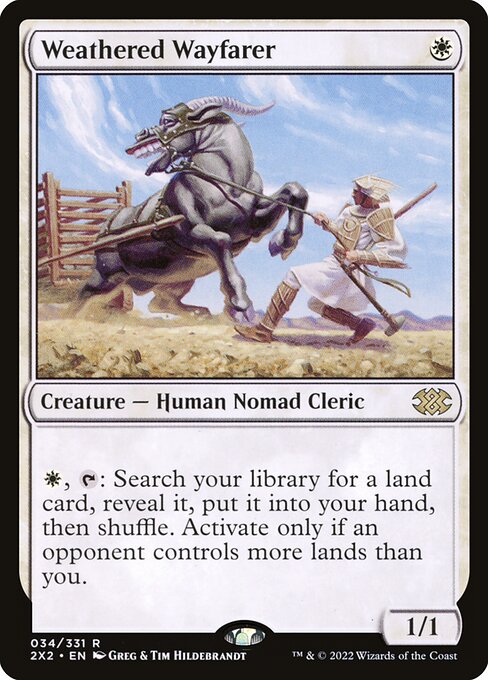
Weathered Wayfarer
-
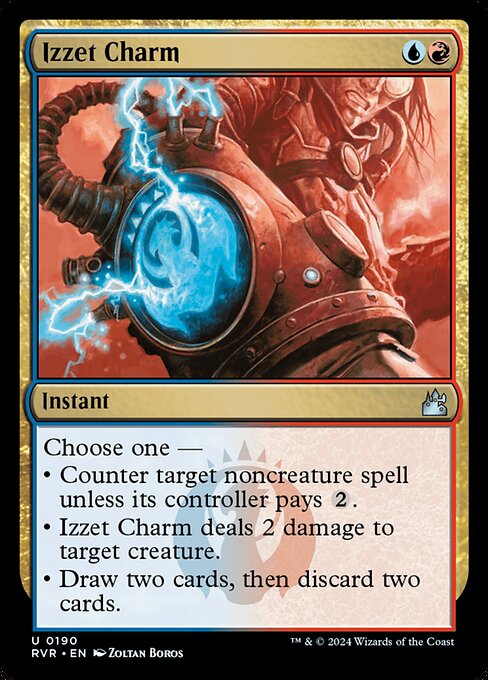
Izzet Charm
Gameplay Summary
The game began with each player deploying their two-mana commanders, setting the stage for a low-cost, interactive battle.
Early plays focused on ramp and board development, with Giada, Font of Hope aiming to build a mono-white angel swarm, while Lonis, Cryptozoologist generated clues and leveraged artifact tokens for card advantage and potential creature theft.
Nashi, Searcher in the Dark was played as a Demir control element aiming to mill opponents and recur legendaries and enchantments from the graveyard to gain incremental value and eventually cast powerful threats.
Juri, Master of the Revue was utilized as a sacrifice engine, growing larger with each sacrifice and threatening to deal significant commander damage upon death. Key turning points included Lonis creating clues and copying artifact tokens to establish board presence and disrupt opponents by stealing permanents.
Juri's sacrifice triggers steadily increased her power, turning the commander into a formidable threat that pressured opponents both offensively and through removal.
Nashi's milling and graveyard recursion allowed for recurring valuable cards, including counterspells that helped maintain control over the game.
The interactions between sacrifice, token generation, and graveyard recursion created a dynamic board state that required careful navigation by all players.
Ultimately, the game revolved around leveraging these synergies to out-value opponents and land decisive commander damage or overwhelming board presence.































![Juri Aristocrats vs. Light-Paws Auras [Duel Commander-EDH] - Magic: The Gathering thumbnail](https://i.ytimg.com/vi/DALkmfsyCSw/sddefault.jpg)
![Juri Aristocrats vs. Eleven & Will [Duel Commander-EDH] - Magic: The Gathering thumbnail](https://i.ytimg.com/vi/7s_bqTkh8x4/sddefault.jpg)


![Enchantments As Backgrounds [Commander VS 298] | Magic: the Gathering EDH Commander Gameplay thumbnail](https://i.ytimg.com/vi/MTZ5_0If6s4/sddefault.jpg)
![More Streets of New Capenna [Commander VS 289] | Magic: the Gathering Commander Gameplay thumbnail](https://i.ytimg.com/vi/77jT1j7598Q/sddefault.jpg)













